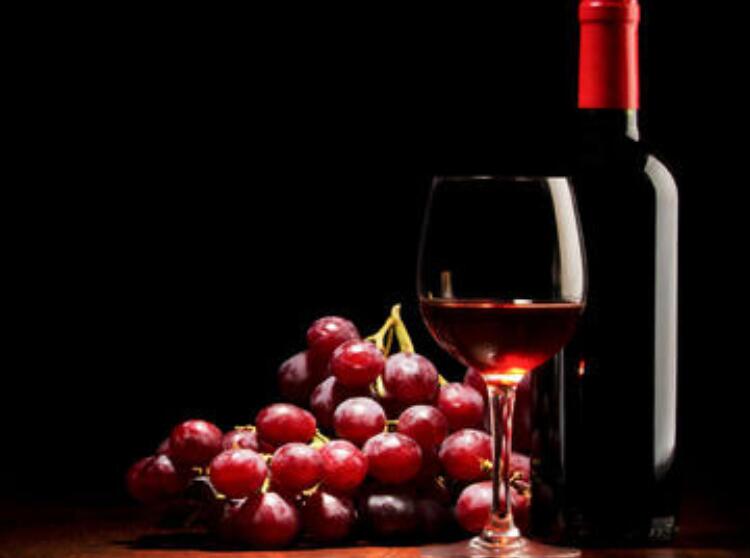Five steps of extracting juice from grape juice production l
Time:2021-04-07 15:54 Browse:277
As an important process in the production process of grape juice production line, the influence of the whole process on the finished juice is very important. The way of juice extraction not only affects the juice yield of grape juice production line, but also has a great impact on the quality of fruit juice products and production efficiency. According to the different raw materials of fruits, the juice extraction process and method are very different. Now Jingjiang Weineng machinery will introduce the five steps of juice extraction of grape juice production line.
Wine production line
1. The first step of extracting juice in grape juice production line: pressing
Squeezing method is to obtain juice from fruit and vegetable or fruit and vegetable pulp by using external mechanical extrusion force. It is widely used in the production of fruit and vegetable juice beverage, which is mainly used for the raw materials of fruits and vegetables with rich water content. According to the different temperature of raw materials, pressing can be divided into cold pressing, hot pressing or even frozen pressing; according to whether the fruit residue after pressing is extracted and pressed again, the pressing can be divided into two pressing and one pressing. Hot pressing refers to heating the crushed raw pulp, and then pressing the pulp to get the juice. Hot pressing is determined by the biochemical properties of crushed raw materials and the processing technology of fruit and vegetable juice. Before the raw material is broken, the biochemical reaction speed in the complete cell tissue is quite slow; but when the raw material is broken, the processes of various chemicals, enzymes and microorganisms in the raw material body suddenly accelerate, interact with each other, causing a series of chain reactions. Among them, the most important is the various oxidation reactions catalyzed by enzymes escaping from raw tissue cells.
2. The second step of juice extraction in grape juice production line: extraction
Extraction is the process of transferring the juice of fruit and vegetable cells into liquid extraction medium (hot water). It is mainly used to extract the juice of dry fruits with low water content, such as sour jujube, black plum, red jujube, etc., and the juice of fruits and vegetables (such as hawthorn) with high pectin content, which is difficult to extract by the above method. The extraction methods include static extraction, countercurrent extraction, one-time extraction and multiple extraction. The main factors affecting the juice yield of the extraction method are extraction temperature, extraction time, crushing degree of raw materials, concentration difference, flow rate and so on.
3. The third step of grape juice production line: beating
Beating is to scrape and crush the broken raw materials of fruits and vegetables, and separate the core, seed, thin skin and so on to obtain the pulp of fruits and vegetables. The fineness of the raw pulp can be achieved by selecting different sizes of the screen mesh of the beater. In the processing of fruit and vegetable juice, this method is suitable for the production of fruit and vegetable pulp and pulp drinks, such as strawberry juice, mango juice, peach juice, hawthorn juice, etc. After crushing, the raw materials of fruits and vegetables need to be precooked immediately in the precooker to passivate the enzyme activity of fruits and vegetables, and then beating. Generally, three beating processes are carried out in production. The size of sieve aperture is 1.2 mm, 0.8 mm and 0.5 mm respectively. After beating, the meat particles become smaller, which is conducive to homogenization. If a single beating is used, the mesh size should not be too small, otherwise it is easy to block the mesh.
4. The fourth step of grape juice production line: centrifugation
Centrifugation is mainly completed by horizontal screw centrifuge, which uses the principle of centrifugal force to achieve the separation of fruit and vegetable juice and pulp. The pulp enters the centrifugal chamber of the rotary drum through the central feeding pipe. Under the action of high-speed centrifugal force, the fruit residue is thrown onto the wall of the rotary drum. The fruit residue is continuously sent to the conical end of the rotary drum by the screw conveyor and discharged. The fruit and vegetable juice flows out from the front end of the rotary drum through the thread gap.
5. The fifth step of juice extraction in grape juice production line: coarse filtration
Coarse filtration is a process of removing large particles or suspended particles dispersed in fruit and vegetable juice. In addition to beating, there are a lot of suspended particles in the juice of fruits and vegetables obtained by other methods. If pulp fiber, pericarp, core and so on exist, they will affect the appearance quality and flavor of the product, and need to be removed in time. Coarse filtration can be carried out in the process of juicing or click operation, which is usually used in production. The juice of fruits and vegetables can be obtained through a 0.5mm aperture filter Coarse filtration requirements. It is necessary to clarify and filter fruit and vegetable juice after coarse filtration, and homogenize and degass cloudy juice and beverage with meat.


